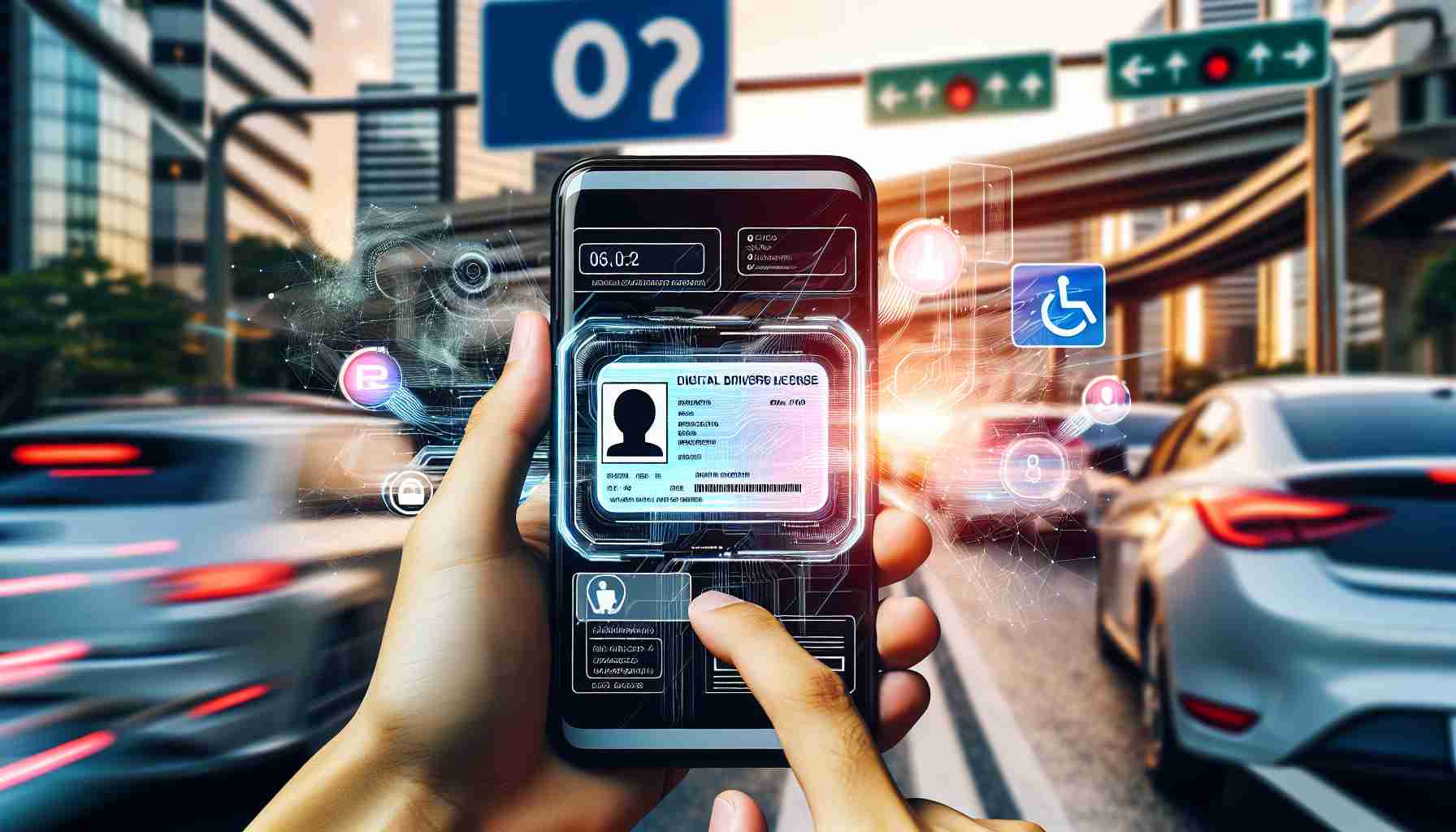The transition to digital driver’s licenses in Brazil has been a notable development in streamlining traffic services since its inception in 2017. This innovation affords millions of drivers the advantage of managing the authenticity and versatility of their licenses through a portable, digital medium—the “Carteira Digital de Trânsito” mobile application.
Versatility at the touch of a button: Features of the Digital Driver’s License
The digital driver’s license encompasses a range of features designed to simplify the daily tasks of motorists. These features make it possible to remotely share vehicle data, oversee traffic violations, and digitally allocate points from fines without the previous bureaucratic hurdles, thus contributing to a decrease in paper consumption.
How to acquire your Digital Driver’s License effortlessly
Obtaining your digital license is straightforward and convenient, involving a fully online procedure. Here’s a quick-guide overview:
1. Download the “Carteira Digital de Trânsito” app from either the Android or iOS platforms.
2. Register an account or sign in using the Federal Government’s Unique Login system.
3. Scan your physical license’s QR Code using your smartphone’s camera.
4. Verify your personal information, such as your address.
5. You’re all set to access your digital license anytime through the app.
Overcoming hurdles with your Digital Driver’s License
Should you encounter difficulties accessing your digital license, ensuring that your personal information is up to date with the traffic department is crucial. Outdated information could prevent access to the digital document.
Tips for a smooth transition to the digital license
– Verify that your current physical license includes a QR Code.
– If you change your smartphone, do not forget to reactivate your Digital License on the new device to maintain its security.
– Consider obtaining a digital certificate, which grants an even smoother transition by avoiding the need to visit the traffic department in person.
Environmental and administrative upsides of the Digital Driving License
The digitalization of the driver’s license aligns with sustainability efforts, notably reducing reliance on paper and promoting more responsible public administration. It represents a milestone in the modernization of Brazil’s public services, pushing the country into a stronger digital age and offering direct benefits to its citizens. Embracing the digital driver’s license speaks volumes to a commitment towards modernization, enhanced security, and ecological awareness.
Additional relevant facts not mentioned in the article include:
– Brazil is one of the largest countries in South America with a population of over 210 million people, thus the adoption of a digital driver’s license has the potential to impact a considerable number of citizens.
– The digital driver’s license in Brazil (CNH Digital) includes security features such as a digital signature and a barcode that can be scanned by traffic authorities to authenticate and access up-to-date information.
– In many countries, the adoption of digital documentation, including digital driver’s licenses, is part of a broader initiative to digitize government services and improve public access to them.
Important Questions and Answers:
1. Why is Brazil adopting a digital driver’s license?
Brazil is adopting a digital driver’s license to modernize traffic services, improve security, reduce bureaucracy, and promote sustainability by decreasing paper consumption.
2. Is the digital driver’s license in Brazil legally accepted?
Yes, the digital driver’s license is a legal form of identification in Brazil and is accepted by traffic authorities.
3. Can the digital driver’s license be accessed offline?
Typically, a digital driver’s license can be accessed offline once it is downloaded and stored within the mobile application.
Key Challenges or Controversies:
– There may be challenges related to the digital divide, as not all drivers may possess smartphones or have the technological literacy required to use digital services effectively.
– Privacy and data security concerns are always paramount when digitizing personal information, as there’s a risk of data breaches or misuse of the data.
– Ensuring universal access to the infrastructure required for the digital system to work effectively without excluding individuals without the required technological means.
Advantages and Disadvantages:
Advantages:
– Increased convenience for drivers who can now carry their driver’s license on their smartphones.
– Better security and fraud prevention through the use of digital signatures and secure QR codes.
– Environmental benefits from reducing paper consumption.
– Decreased administrative burdens on traffic departments, freeing resources for other tasks.
Disadvantages:
– Not everyone may have access to the required technology, potentially leading to a disparity in access.
– There are risks associated with cybersecurity and the potential mishandling of sensitive personal data.
– Some individuals may prefer physical documentation and find the transition to digital less personal or reliable.
For further information on Brazil’s public services and possibly updates on their digital transition, you can refer to Brazil’s official portal at Brasil.gov.br.
